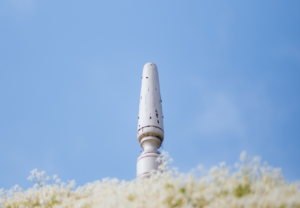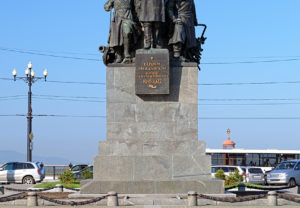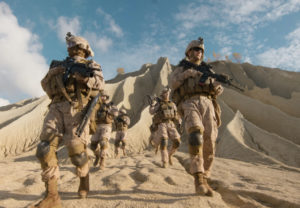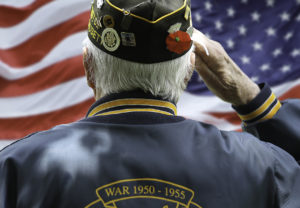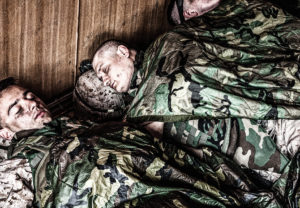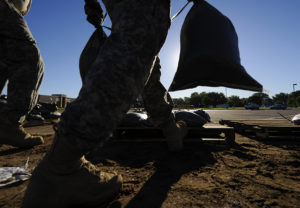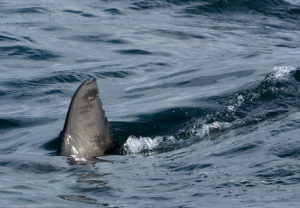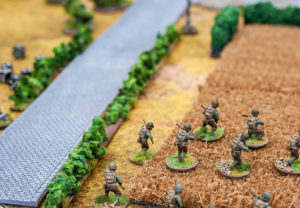The litany of recent incidents in the news of Russian military “unprofessionally” pestering — or better yet — BROWBEATING United States military equipment and personnel might seem like a brand new thing, but it’s not. It’s happened many times in the past, including decades ago when Russia wasn’t just Russia, when they operated under a more vexing and intimidating name.
The Soviet Union.
Flashback to February 12, 1988. The Black Sea. The U.S. Navy vessel (a cruiser) known as the USS Yorktown was attempting an “innocent passage” through the USSR’s territorial waters when — out of nowhere — it was bumped by the Soviet frigate Bezzavetny like a hellbent aquatic sumo in an attempt to push it back into international waters.
Thankfully, the incident didn’t escalate any further, and the cruiser only suffered minor damage to its hull.
The naval love tap, as it were, had its roots in international policy and red tape. The Russians argued that, under their laws, innocent passage could be granted through their territorial waters but only by way of designated sea lanes. The U.S., however, didn’t believe in these sea lanes, so they tested Soviet authority with the Yorktown.
Here’s footage of the infamous jolt:
So what came of it?
This from Wikipedia:
The Soviet Ministry of Defense issued a statement blaming the U.S. warships for ignoring the “warning signals of Soviet border guard ships” and for “dangerously maneuvering in Soviet waters”. The incident also drew a sharp diplomatic protest of the U.S. government.
On 11 July 1988, Chief of the Soviet General Staff Sergei Akhromeyev and Chairman of the U.S. Joint Chiefs of Staff William J. Crowe issued a joint statement in Washington aimed at avoiding dangerous military activities. On 12 June 1989, the Agreement on the Prevention of Dangerous Military Activities was signed in Moscow by Crowe and the new Chief of the Soviet General StaffMikhail Moiseyev.
Doesn’t this agreement sound like something that should be redrawn and signed again now?


